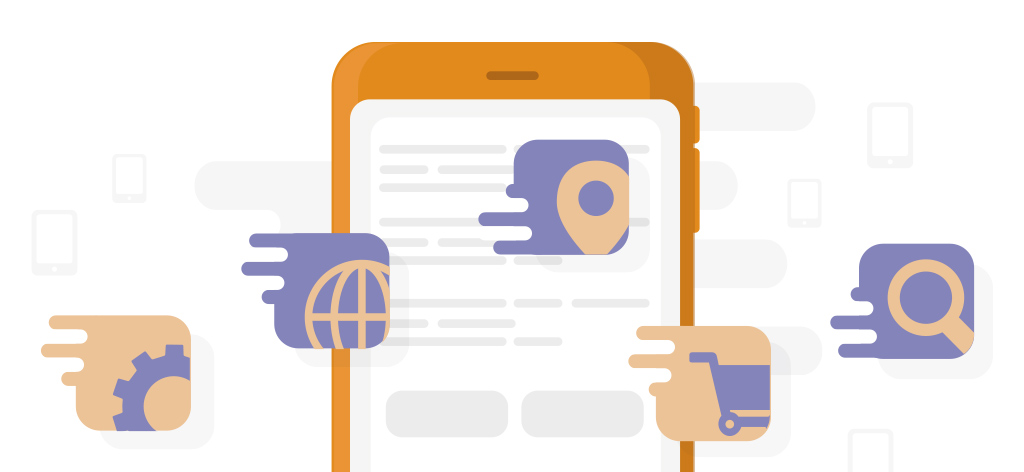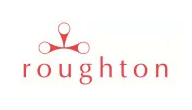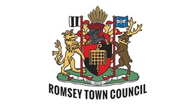Mobile App Design Trends For Improving User Experience
Posted on March 21, 2017 by Cathrin Rhind-Tutt
We can’t get enough of mobile apps. More than ever before, we are engaging with them to quickly source information. This demand means that apps have become an increasingly important design category. It’s no surprise that many companies have jumped on the mobile app bandwagon, and are increasingly relying on mobile apps to deliver their content and services.
This dramatic shift in consumer behaviour has opened new opportunities for businesses to increase brand engagement and to develop long-term relationships with their customers. Yet as new opportunities arise, so do new challenges: stats show that over 23% of users dropped an app after a single use.
So how can a mobile app succeed in an overly crowded market?
The most important factor in mobile app success is the user experience – you want your customers to love using your app. This post demonstrates the current mobile app design trends that can improve UX.
De-clutter your app
The most successful mobile apps are the easiest to use. This accessibility can be achieved through using a simple design. When it comes to apps, less is always more: try not to bombard your users with information.
Whilst app designers previously sought to create something extravagant, with the latest mobile app design trends simplicity is key. A well-designed mobile app is clean, simple and de-cluttered. Allow your app-users to access relevant information quickly, so you can deliver the what’s, when’s, who’s and where’s clearly. People like simplicity: if it looks easy to use, people will want to use it. If it is easy to use, they’ll continue using it.
Provide personalised user experience
One of the key mobile app design trends is personalisation. You can now personalise the users’ in-app experience according to their preferences and other information about them. Apps can record the activity of the user and collect information about them, and then use this information to tailor their experience accordingly.
This provides opportunities for both parties. Personalisation can allow businesses to push products and services to the relevant audiences, creating more business opportunities. It improves the UX as the user can access their desired information more quickly. Personalisation is essentially a win-win situation for both sides.
Use a single social media sign-on
Provide users with a quick and easy way of logging in. Save your users the hassle of filling out forms with a single sign-on via their social media account. For the user, this reduces security issues and the need to remember another username/password combination, and doesn’t force them to share personal information with an unfamiliar app.
For your business, this has the huge advantage of automatically receiving basic information about your users via their social media account. This information can be used to adapt your mobile app and their experience to their needs.
Use push notifications
In the digital age, we are the consumers of a vast amount of information – from our non-stop Twitter feeds to the latest Buzzfeed article shared on Facebook, or viral videos of cats on YouTube. Yet whilst all of this information is constantly churned out, our lives are often too busy to notice. People can’t access their phones all of the time.
App users want to be able to view any new content that’s relevant to them at a glance. This is why push notifications are one of the biggest trends in mobile app design. These notifications highlight recent activity, drawing the users’ attention to content they may be interested in a little while later.
Think about font and colour
When designing mobile apps, remember that the fonts have to be adapted for smaller screens. Think about it: it’s actually pretty user-hostile if an app user has to manually zoom-in just to find the information that they need. It’s also important for information to be accessible to those with poor vision – your app may be used by anybody aged 8 to 80! The current mobile app design trends lean towards easy-to-read, large fonts, and simple colour schemes that reflect branding.
To achieve a great user experience for your app, it’s vital to always keep your audience in mind through the design and development process. If you’re interested in improving the UX of a current app, or thinking about developing an app yourself, then please get in touch with us today at Web-Feet.












































Mirian Shade on April 10, 2017 at 8:22 am said:
Providing single login approach is a great way to boost user experience. Businesses have more than one mobile apps and users need to authenticate each. Single login helps them by login to all apps using one password. This saves their time and effort. Providing personalized user experience is also an important factor.
tanaghao on May 3, 2017 at 4:29 am said:
User experience plays an important role in app design. is very important for online businesses. Better the user experience more will be the chances of sale and profit.
tanaghao on May 3, 2017 at 4:36 am said:
Providing good user experience is must for a business and for mobile app. It is the quality of service that you are offering to your customers. The better you deliver services more will be the chances of sales. Customer experience is one of the most important factors that decides the future of businesses today. One can improve the user experience by providing seamless user web l